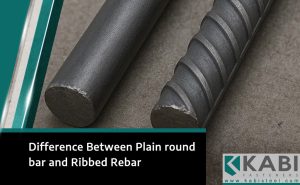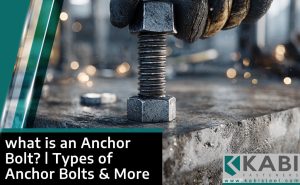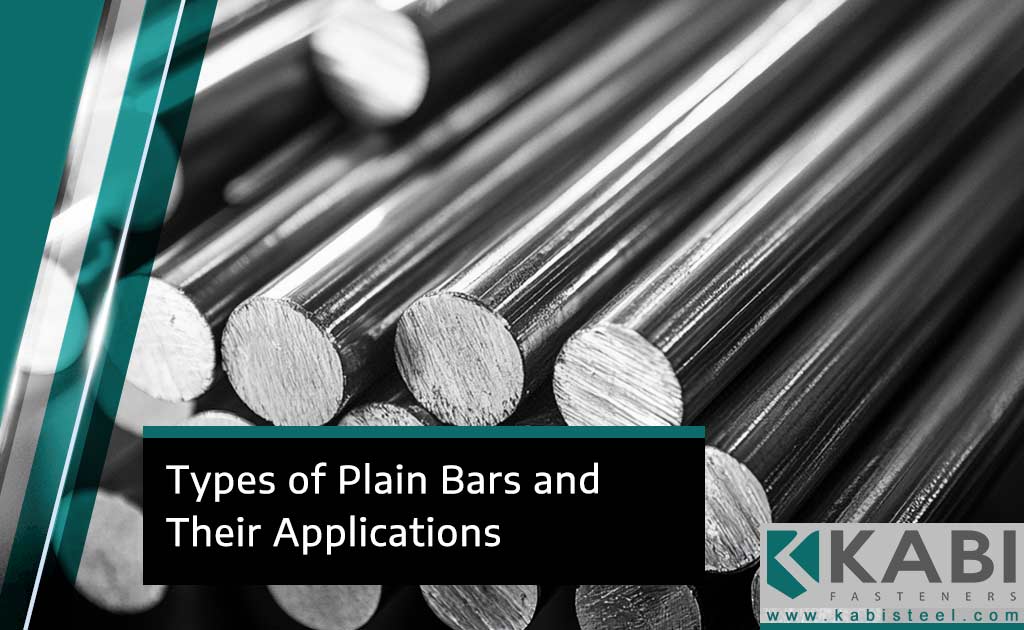Bars, or reinforcing bars, are essential components in construction, providing tensile strength to concrete structures. Among various types, plain bars stand out for their smooth surface and versatility. This article explores the different types of plain bars, their properties, and applications.
What Are Plain Bars?
Plain bars, also known as smooth bars, are steel rods without deformations on their surface. Unlike ribbed bars, they do not provide additional mechanical bonding with concrete but are preferred in specific structural and industrial applications due to their ease of bending, welding, and machining.
Plain Bar Type |
Germany (DIN/EN) |
USA (ASTM/SAE) |
Russia (GOST) |
Properties & Applications |
|---|---|---|---|---|
|
A1 Plain Bar |
St37-2 (DIN 17100) |
ASTM A36 |
GOST 380-94 (Ст3сп/Ст3пс) |
Low-carbon steel, weldable, used in general structures and industrial applications. |
|
CK35 Plain Bar |
C35 (DIN 17200) |
SAE 1035 |
GOST 1050-88 (35, 35Г, 35K) |
Medium-carbon steel, tough, used in automotive and mechanical parts. |
|
CK45 Plain Bar |
C45 (DIN 17200) |
SAE 1045 |
GOST 1050-88 (45, 45Г, 45K) |
High-strength, wear-resistant, used in shafts, machinery, and industrial components. |
|
S235JR Plain Bar |
S235JR (EN 10025-2) |
ASTM A283 Grade C |
GOST 27772-88 (С245) |
Low-carbon structural steel, corrosion-resistant, used in construction and steel frameworks. |
|
S355JR Plain Bar |
S355JR (EN 10025-2) |
ASTM A572 Grade 50 |
GOST 27772-88 (С345) |
High-strength steel, suitable for bridges, high-rise buildings, and heavy machinery. |
Types of Plain Bars
1. A1 Plain Bar
A1 plain bars are low-carbon steel bars with excellent ductility and weldability. They are commonly used in light construction, industrial frameworks, and non-load-bearing structures.
2. CK35 Plain Bar
CK35 bars are medium-carbon steel bars with higher strength and hardness compared to A1. They are used in applications where durability and moderate tensile strength are required, such as in mechanical and automotive industries.
3. CK45 Plain Bar
CK45 bars contain a higher carbon content than CK35, making them stronger and more resistant to wear. They are commonly used in heavy machinery, shafts, and industrial components where strength and toughness are critical.
Plain bars, also known as smooth bars, are steel rods without deformations on their surface. Unlike ribbed bars, they do not provide additional mechanical bonding with concrete but are preferred in specific structural and industrial applications due to their ease of bending, welding, and machining.
Applications of Plain Bars
-
Construction Industry: Used in temporary structures, dowels, and expansion joints.
-
Automotive & Mechanical Engineering: Utilized in manufacturing machine parts, shafts, and precision tools.
-
Industrial Fabrication: Preferred for custom metal works, including frames and supports.
-
Reinforcement in Special Cases: Applied in reinforced concrete elements where smooth bars are required for specific engineering purposes.
Conclusion
Plain round bars play a crucial role in construction and industrial applications due to their smooth surface and mechanical properties. Understanding the different types, such as A1, CK35, and CK45, helps in selecting the right material for specific engineering needs. Whether in construction, machinery, or industrial fabrication, plain bars offer reliable performance and adaptability.




